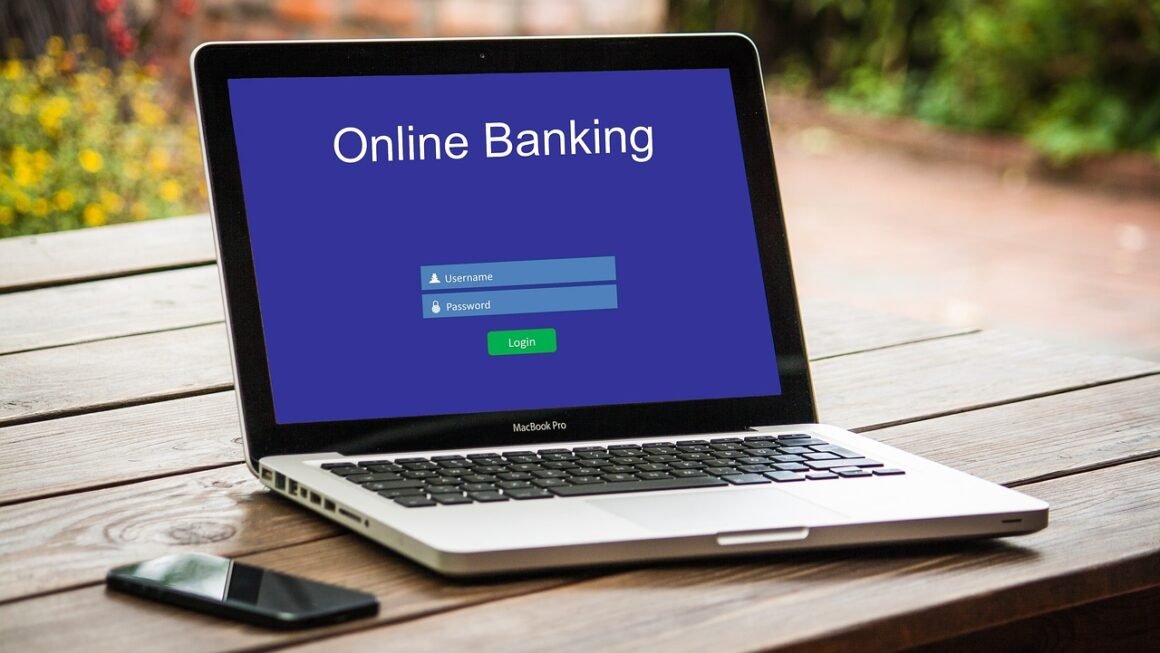Protecting your digital life starts with a strong, robust password strategy. In today’s interconnected world, where data breaches are increasingly common, relying on weak or reused passwords is akin to leaving your front door unlocked. This guide provides a comprehensive overview of password protection best practices, equipping you with the knowledge and tools to safeguard your personal and professional accounts.
Understanding the Importance of Strong Passwords
The Risks of Weak Passwords
Weak passwords are the easiest targets for hackers. They often rely on easily guessable information like names, birthdates, or common words. Consider these statistics:
- According to a 2023 Verizon Data Breach Investigations Report, 81% of hacking-related breaches involved weak, default, or stolen passwords.
- Using a password on multiple accounts dramatically increases your risk. If one account is compromised, all accounts using that password are vulnerable.
The consequences of a compromised account can range from identity theft and financial loss to reputational damage and privacy breaches.
What Makes a Password Strong?
A strong password is complex and difficult to guess, even with sophisticated hacking tools. Key characteristics include:
- Length: Aim for at least 12 characters. Longer is always better.
- Complexity: Use a combination of uppercase and lowercase letters, numbers, and symbols.
- Randomness: Avoid easily predictable patterns or personal information.
- Uniqueness: Never reuse the same password for multiple accounts.
Think of it like this: “P@sswOrd123” is weak. “Tr0ub4dor&3l3phant~guit4r” is significantly stronger.
Creating and Managing Strong Passwords
Strategies for Generating Strong Passwords
Coming up with a unique, complex password for every account can seem daunting. Here are several strategies:
- Password Generators: Use a reputable password generator tool. These tools create random, secure passwords for you. Most browsers and password managers have integrated password generation features.
- Passphrases: Create a phrase that is memorable but not easily guessable. Modify it by adding numbers and symbols. For example, “I love to eat pizza on Fridays!” could become “I<3e@tPizz@0nFridays!"
- Substitution: Replace letters with numbers or symbols. For instance, “a” can become “@”, “e” can become “3”, and “o” can become “0”.
Actionable Tip: Start using password generators built into your browser or password manager today!
The Importance of Password Managers
Password managers are essential tools for securely storing and managing your passwords. They offer several benefits:
- Secure Storage: Encrypt and securely store all your passwords in a digital vault.
- Automatic Filling: Automatically fill in your usernames and passwords on websites and apps.
- Password Generation: Generate strong, unique passwords for each account.
- Syncing Across Devices: Sync your passwords across all your devices, making them accessible wherever you go.
- Security Audits: Identify weak or reused passwords and suggest stronger alternatives.
Popular password managers include LastPass, 1Password, Dashlane, and Bitwarden. Most offer free and paid plans.
Example: Instead of trying to remember dozens of different passwords, you only need to remember one strong master password for your password manager. This single password protects all of your other logins.
Two-Factor Authentication (2FA) – Adding an Extra Layer of Security
What is Two-Factor Authentication?
Two-Factor Authentication (2FA), also known as multi-factor authentication (MFA), adds an extra layer of security to your accounts. It requires you to provide two different forms of identification when logging in. This means that even if someone knows your password, they won’t be able to access your account without the second factor.
Types of Two-Factor Authentication
Common types of 2FA include:
- SMS Codes: A code sent to your phone via text message. While convenient, SMS-based 2FA is less secure than other methods due to potential SIM swapping attacks.
- Authenticator Apps: Apps like Google Authenticator, Authy, or Microsoft Authenticator generate time-based one-time passwords (TOTP). These are considered more secure than SMS codes.
- Hardware Security Keys: Physical devices like YubiKeys that plug into your computer or mobile device. These offer the highest level of security.
- Email Codes: A code sent to your email address. This is less secure than other methods as email accounts can also be compromised.
- Biometrics: Using fingerprint scanning or facial recognition.
Actionable Tip: Enable 2FA on all accounts that offer it, especially your email, banking, and social media accounts. Prefer authenticator apps or hardware security keys over SMS codes.
Why 2FA is Crucial
2FA significantly reduces the risk of unauthorized access to your accounts. Even if your password is leaked in a data breach, an attacker won’t be able to log in without the second factor. Think of it as adding a deadbolt to your already locked front door.
Recognizing and Avoiding Password-Related Scams
Phishing Attacks
Phishing attacks are designed to trick you into revealing your passwords and other sensitive information. These attacks often come in the form of emails, text messages, or phone calls that appear to be from legitimate organizations.
- Warning signs: Generic greetings, poor grammar, urgent requests for information, suspicious links or attachments, and requests to verify your account details.
- Example: An email claiming to be from your bank asking you to update your password by clicking on a link. Always go directly to the bank’s website instead of clicking on the link in the email.
Actionable Tip: Always verify the sender of any communication before providing any personal information. If in doubt, contact the organization directly through a known phone number or website.
Password Reuse and Data Breaches
Reusing passwords across multiple accounts is a dangerous practice. If one account is compromised in a data breach, all accounts using the same password are at risk.
- Data Breach Notifications: Regularly check if your email address has been compromised in a data breach using websites like “Have I Been Pwned?” (haveibeenpwned.com).
- Password Manager Alerts: Many password managers will alert you if a password you’re using has been found in a known data breach.
Actionable Tip: If you receive a data breach notification, immediately change your password on any accounts that used the compromised password.
Regularly Reviewing and Updating Your Password Security
Periodically Changing Passwords
While some experts debate the necessity of frequent password changes, it’s still a good practice to periodically review and update your passwords, especially for critical accounts.
- Best Practice: Aim to change your passwords every 6-12 months, or sooner if you suspect your account has been compromised.
- Focus on High-Risk Accounts: Prioritize changing passwords for your email, banking, and social media accounts.
Monitoring Account Activity
Regularly monitor your account activity for any signs of unauthorized access.
- Check Login History: Many online services provide a login history that shows the dates, times, and locations of recent logins.
- Set Up Alerts: Enable alerts for suspicious activity, such as login attempts from unusual locations or changes to your account settings.
- Review Connected Devices: Check which devices are authorized to access your accounts and remove any that you don’t recognize.
Conclusion
Securing your accounts with strong passwords, utilizing password managers, and enabling two-factor authentication are essential steps in protecting your digital life. By adopting these best practices and staying vigilant against phishing scams, you can significantly reduce your risk of becoming a victim of cybercrime. Remember, password security is an ongoing process, not a one-time task. Stay informed, stay proactive, and stay secure.



